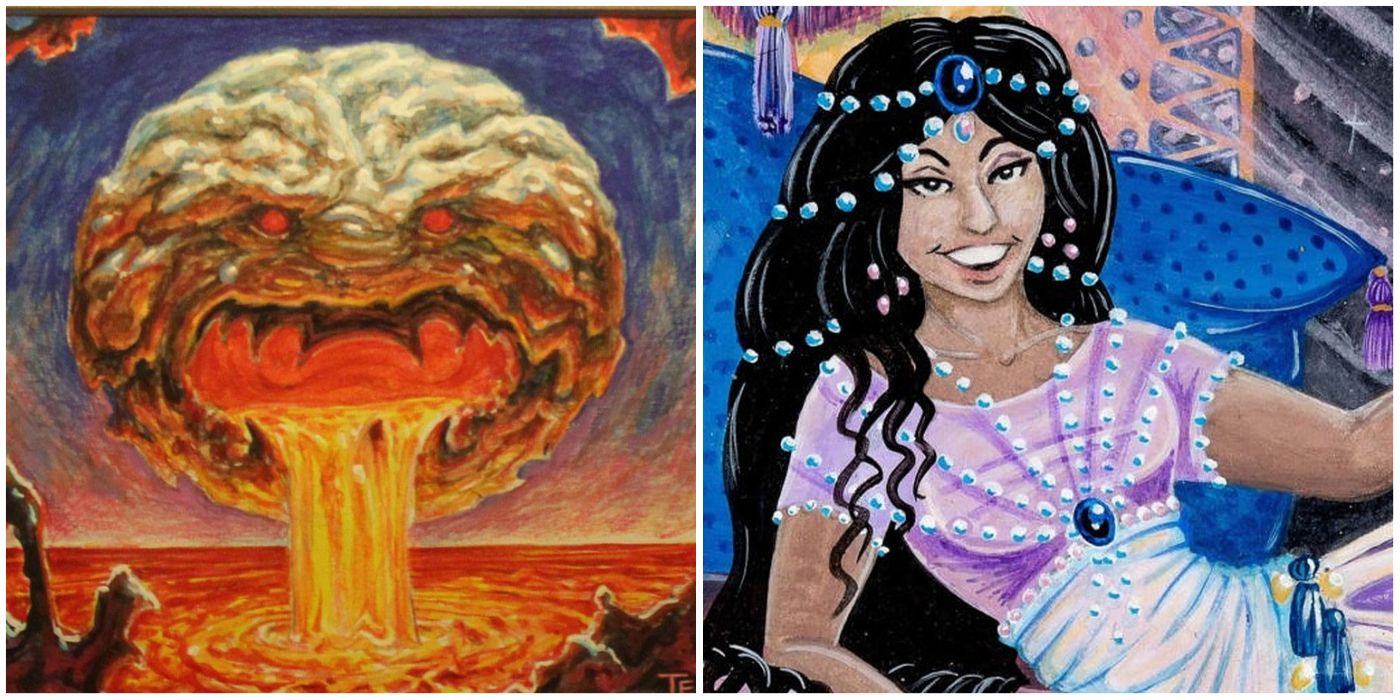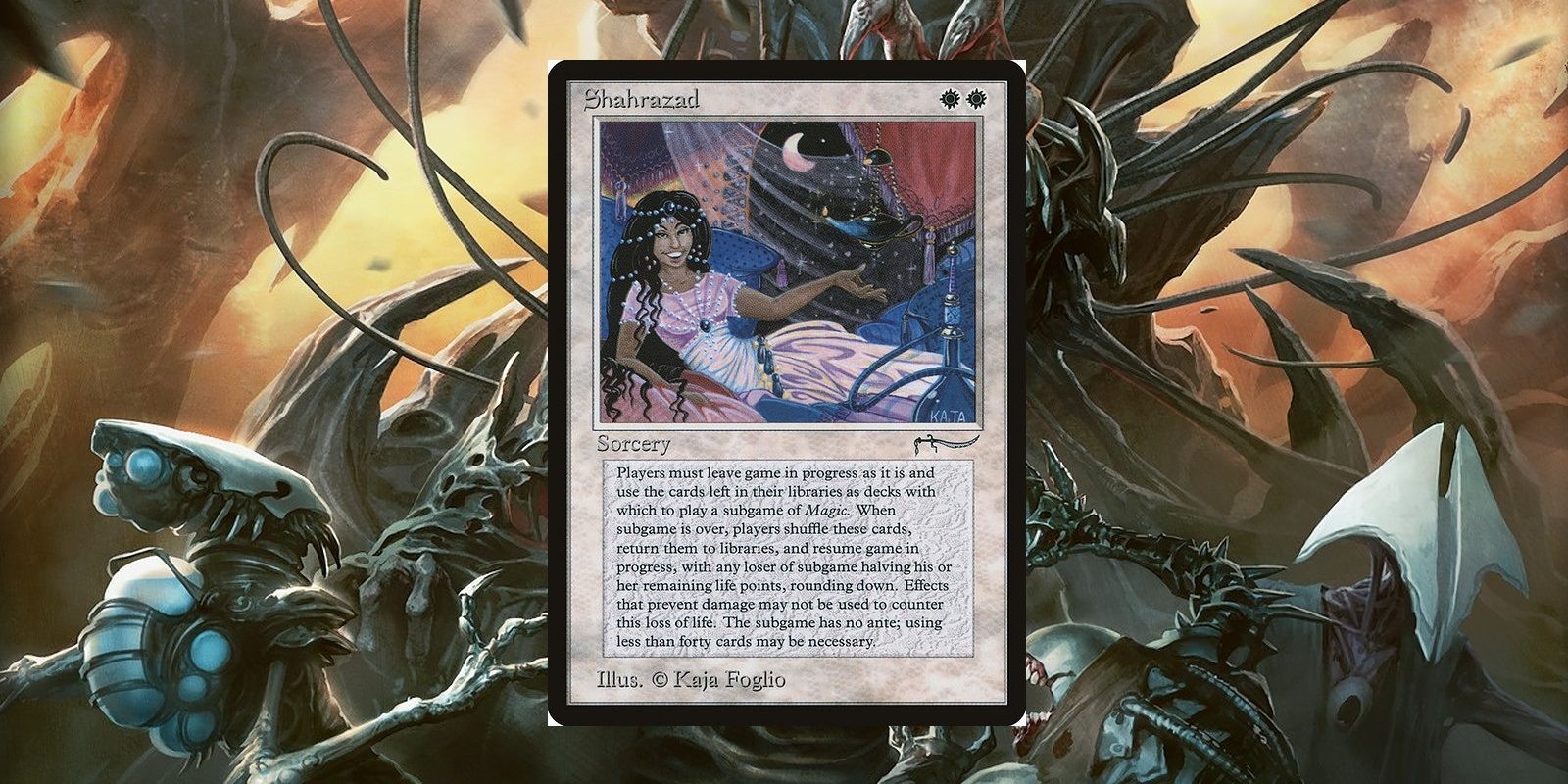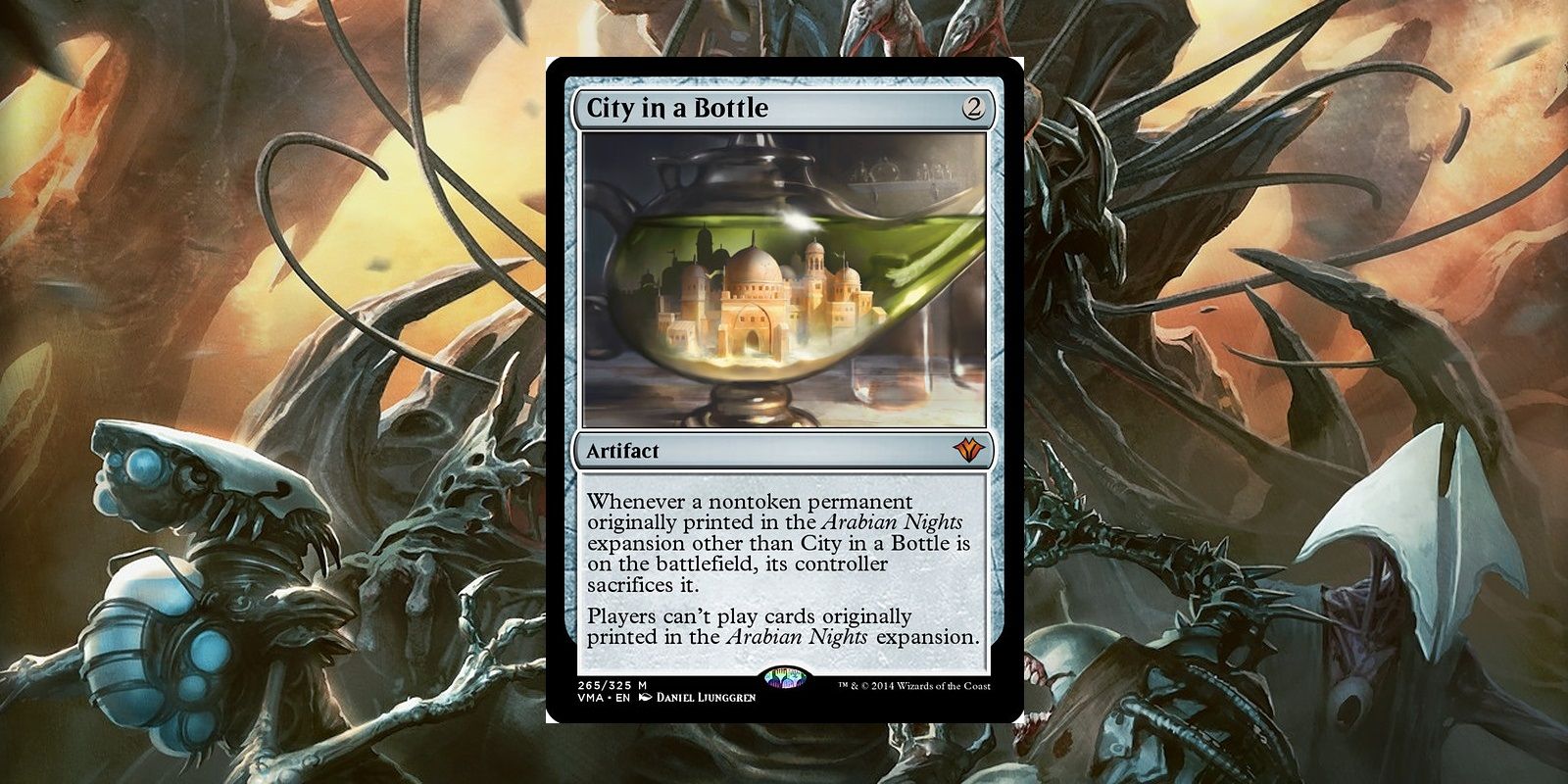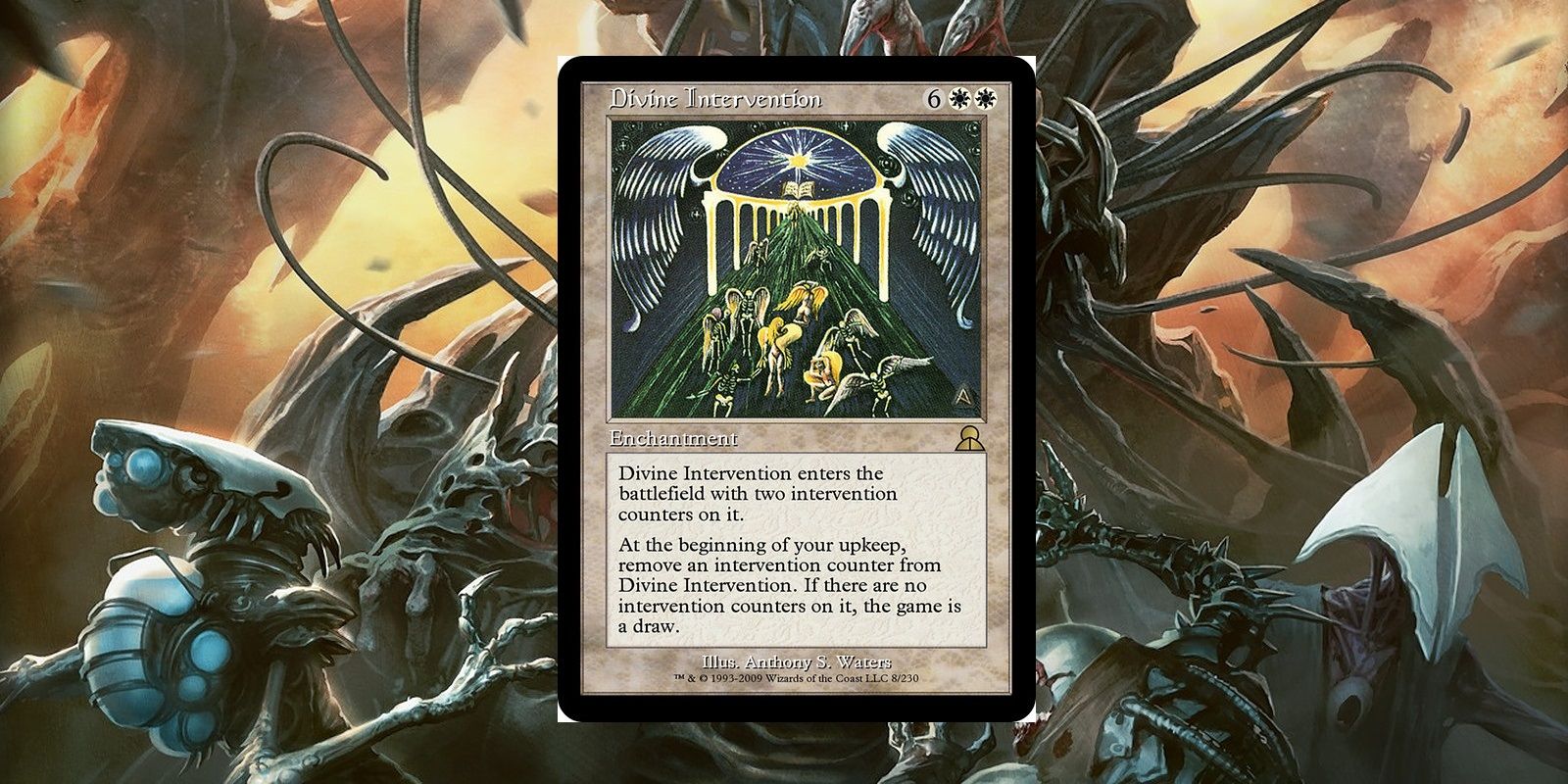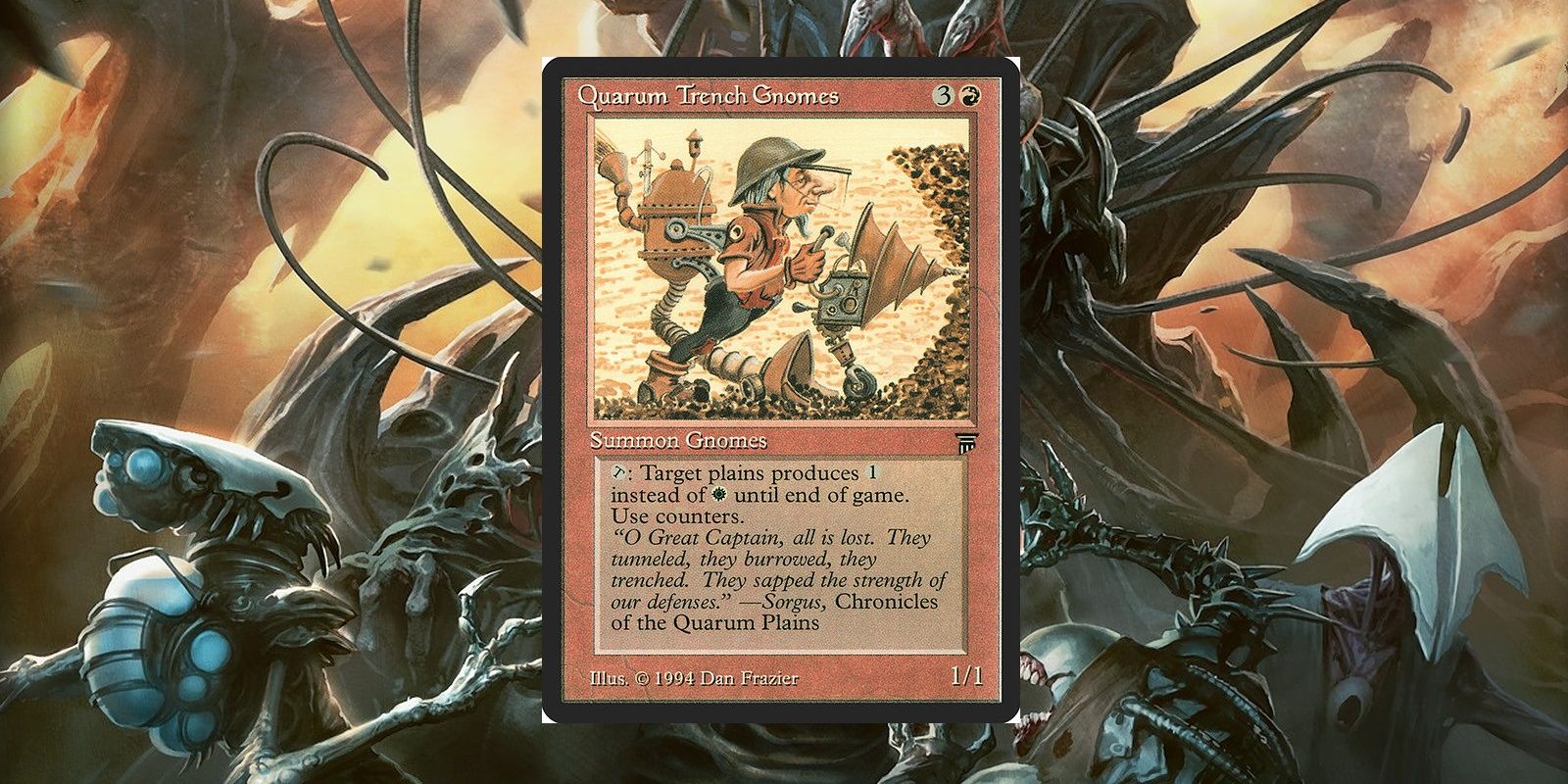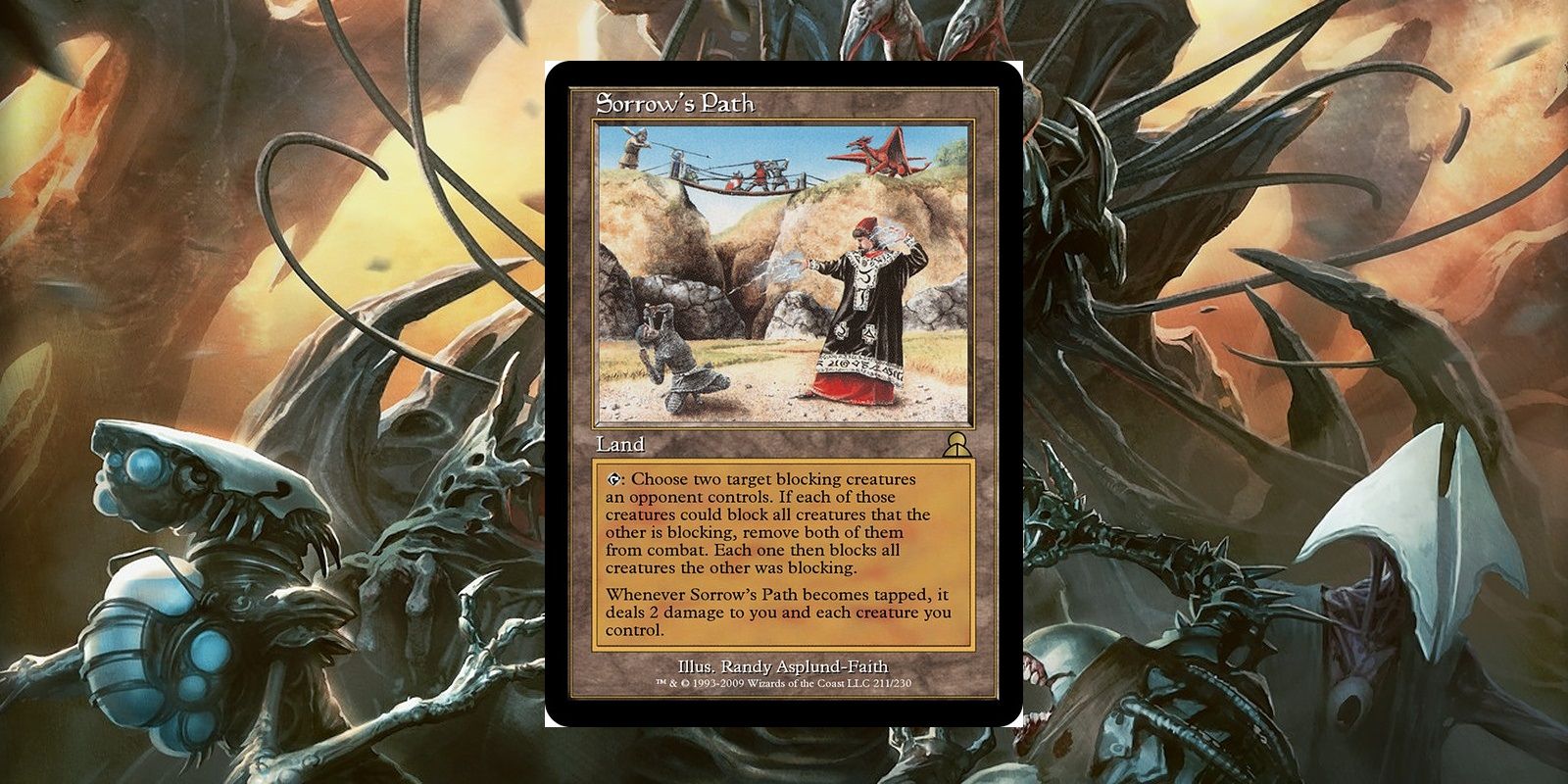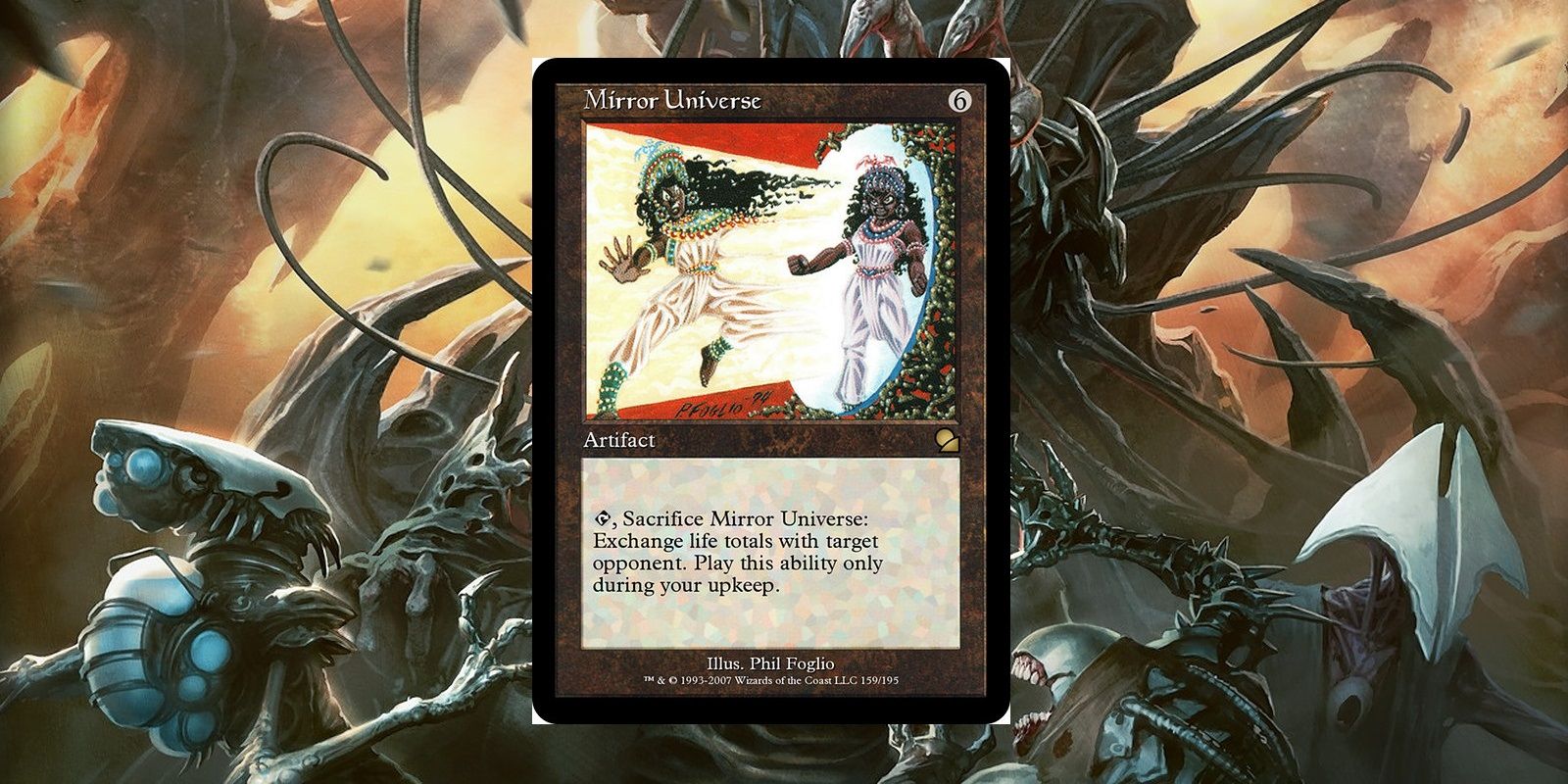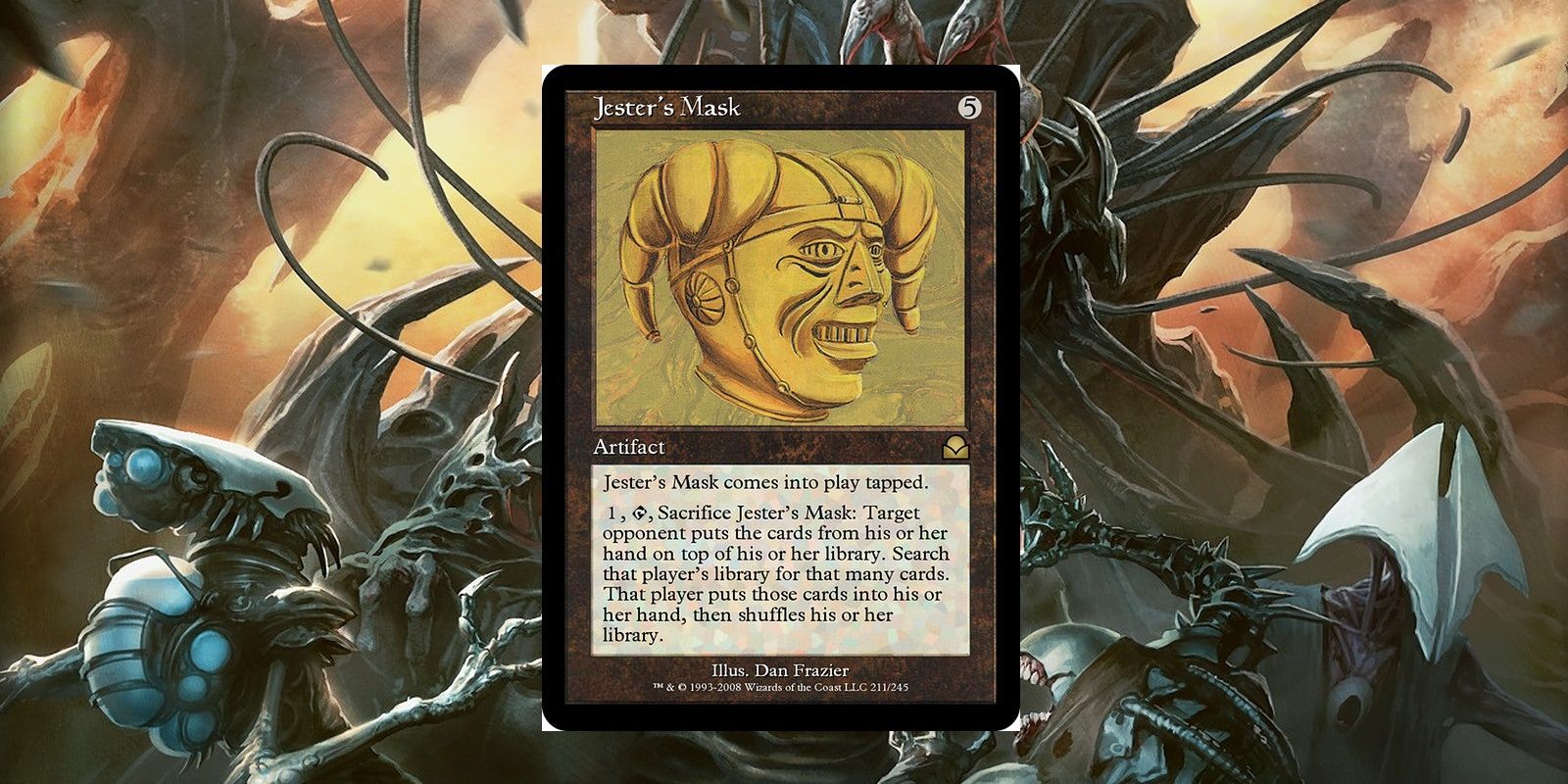Magic: The Gathering has been constantly evolving, changing and experimenting with new ideas since its debut back in August 1993, and many ideas from the early days have since been scrapped or made obsolete by newer, stronger effects that players love. However, the Reserved List remains a topic of debate among Magic players.
The Reserved List was created in the 1990s to protect the collectible value of older cards and avoid upsetting value-oriented players. In short, the Reserved List is a comprehensive list of cards that Wizards of the Coast won’t print again, and most of those cards are downright weird or at least are a product of their time. Some of them look like they’d be more at home in a silver-bordered Un-set than a traditional Magic expansion.
10 Chaos Orb Requires Physical Dexterity To Use
By now, using cards in a physical way is the domain of Un-sets, such as effects that care about how the cards touch one another or even tearing cards apart. In the Reserved List, meanwhile, is the bizarre artifact called Chaos Orb, a card that cares about physical dexterity despite not being an Un-card.
Chaos Orb can destroy any permanent that it touches, along with itself, once the physical card is flipped like a coin over the table. No card today would use an effect like this. Looking back, Chaos Orb is like the progenitor of later artifacts like Oblivion Stone, which can destroy other permanents in more conventional ways.
9 Shahrazad Creates A Subgame With High Stakes
Normally, players only play one game of Magic at a time. But the unique white card Shahrazad changes all that. This peculiar sorcery from 1993’s Arabian Nights demands that players carry out a subgame of MTG aside from the actual game, and the subgame’s loser forfeits half their life in the real game.
This is not only totally wild, but it also presents logistical challenges. Players might not have the time or space for the subgame, so Shahrazad got itself banned to avoid problems in tournaments. It’s even possible to play a second Shahrazad in the subgame to create Magic-ception.
8 City In A Bottle Cares About Card Sets
City in a Bottle is yet another Reserved List oddity from the game’s earliest days that feels more like an Un-card, since it cares about gameplay details that normal “black border” cards don’t. In this case, City in a Bottle checks whether cards are from the Arabian Nights expansion set.
City in a Bottle will wipe out any permanent from the Arabian Nights expansion, and it won’t let players play any more cards from that set, either. It’s not every day when a Magic card hoses not a particular color or creature type, but an entire set at once.
7 Acid Rain Doesn’t Act Very Blue
Some cards on the Reserved List are strange not because they have game-breaking effects, but because they behave completely differently than their colors would suggest. Color pie bends and breaks are risky, and blue cards like Acid Rain have all kinds of fun breaking those rules.
Acid Rain will destroy all Forests, and blue isn’t usually known for outright destroying things, even things that belong to enemy colors. As a bonus, Acid Rain’s art shows it destroying not a tree but a statue, making it a flavor fail as well.
6 Divine Intervention Declares The Game A Draw
White mana is all about justice, defense, civilization, and the law, and that is reflected in cards that protect creatures or let players gain life to stave off death. But older white cards such as Divine Internvetion take this philosophy in weird directions.
Divine Intervention is a costly enchantment sets up a short countdown. Once the countdown is over, the game ends in an official draw. There are a few MTG cards that can make players win or lose on the spot, but creating a draw is truly unique in the game.
5 Quarum Trench Gnomes Sabotages Plains In A Big Way
A variety of older cards, including those in the Reserved List, are determined to target their enemy colors in all kinds of ways, and modern MTG cards don’t do that nearly as much. Acid Rain is one example, but Quantum Trench Gnomes is even worse.
Quarum Trench Gnomes uses its unusual activated ability to alter a Plains so that land will tap for one colorless mana instead of one white mana. This can affect basic Plains, or even affect a dual land with the Plains type such as Temple Garden or Godless Shrine. MTG has lots of land disruption effects, of course, but Quarum Trench Gnomes does it in a totally different way than today’s land-hate cards.
4 Nameless Race Was Zuko Before Zuko
Any fan of Avatar: The Last Airbender will notice that Nameless Race’s card art resembles prince Zuko, complete with a burn scar over one eye and a ponytail of black hair. That alone makes Nameless Race one of the oddest Reserved List cards, but that’s not all.
This unusual black creature has no creature type at all, as per its name and its flavor. It’s the total opposite of Changeling creatures that have all creature types at once. Having zero creature types doesn’t do Nameless Race much good in the game, but it’s still an intriguing idea.
3 Sorrow’s Path Is Terrible But Also Wonderfully Weird
Sorrow’s Path has the distinction of being one of Magic‘s very worst cards. This land has incredibly little utility anywhere outside of gimmicky Commander/EDH decks. Sorrow’s Path can’t tap for mana, and it also deals 2 damage to its controller and their creatures every time it becomes tapped for any reason.
Sorrow’s Path’s main effect is amusingly strange. When activated, this lousy land will switch two blocking creatures to disrupt the opponent’s battle tactics, which can lead to some interesting trades in combat. It cannot create illegal blocks, though, such as where evasion is concerned.
2 Mirror Universe Swaps Life Totals
A few cards in the game allow players to exchange their life totals or redistribute life points, and the Reserved List artifact Mirror Universe does just that. Flavor-wise, Mirror Universe imagines the players as reflections of one another, and these reflections might change.
On the upkeep, Mirror Universe’s controller may tap and sacrifice it to swap life totals with their opponent. This is a quick and easy way for a player who’s behind to suddenly catch up and turn the tables, but the Mirror is a bit costly as compensation for that kind of power.
1 Jester’s Mask Tinkers With The Opponent’s Hand
Jester’s Mask is yet another weird artifact from the Reserved List, and it has big plans for the opponent’s hand. When activated, Jester’s Mask will shuffle the cards in the opponent’s hand into their library while giving the player a new hand of cards from their library.
Most likely, Jester’s Mask’s user will choose a new hand of unneeded lands and/or weak spells for the opponent, which can set them very far behind. Card advantage is a huge factor in every game of Magic, so being able to completely sculpt an opponent’s hand is ridiculously strong.
